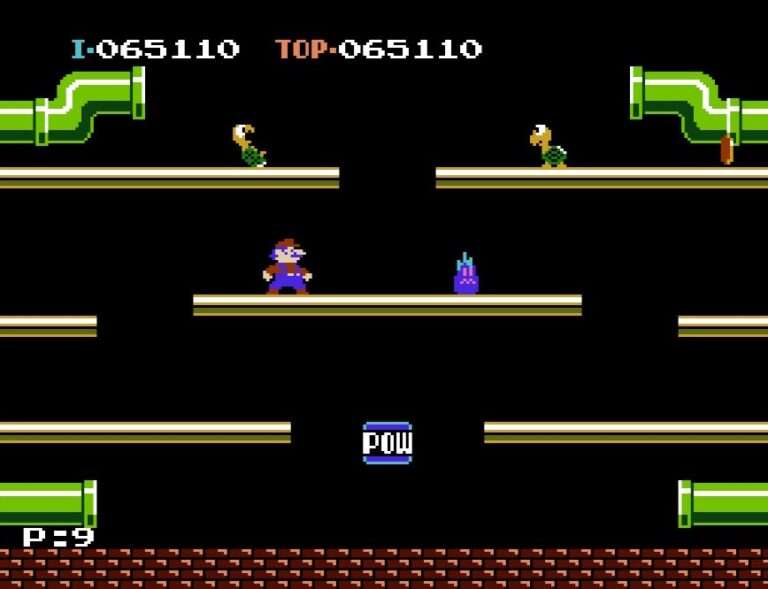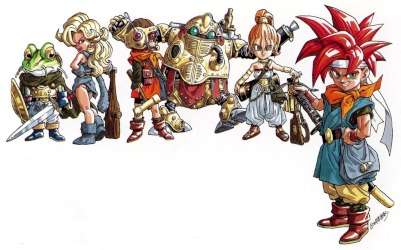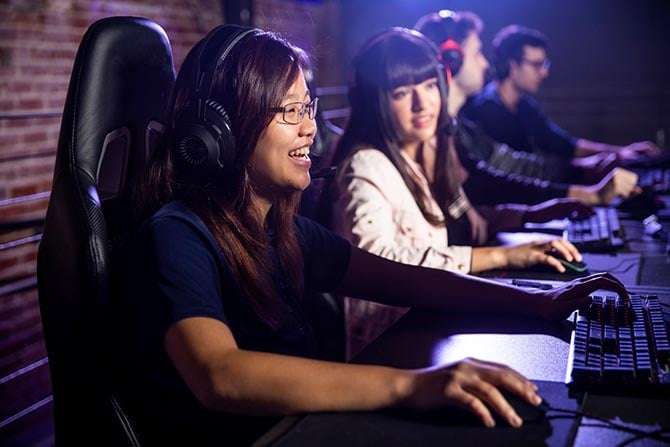When the Game Never Ends: Why 41-Year-Old Gamers Are the Soundtrack Generation
The controller never left their hands. The headphones never came off. And the music? It’s still hitting different.
Remember when your parents said you’d grow out of gaming? Yeah, about that. The Entertainment Software Association just dropped their 2025 Global Power of Play report, and it turns out the average gamer worldwide is now 41 years old. Not 14. Not 22. Forty-one.
This isn’t just a statistic—this is vindication for everyone who knew gaming wasn’t a phase. It’s a lifestyle. And for those of us who’ve been tracking the intersection of music and gaming culture, this number tells a much deeper story about how an entire generation processes stress, nostalgia, and connection through sound.

The Kids Who Played Mario
Those legendary 8-bit melodies from the 1980s and 1990s? They’re permanently wired into the neural pathways of today’s 41-year-old gamers. Koji Kondo (Super Mario Bros., The Legend of Zelda), Nobuo Uematsu (Final Fantasy series), and Yoko Shimomura (Street Fighter II) didn’t just compose video game music—they created the sonic architecture of an entire generation’s emotional landscape.
Think about it: these composers worked with primitive sound chips that could only produce three notes simultaneously. THREE. And yet they crafted anthems that still give grown adults chills decades later. That’s not just nostalgia—that’s genuine artistry transcending technological limitation.
The ESA survey covered 24,216 active players across 21 countries, and here’s what’s wild: these players grew up during gaming’s golden age when electronic music and video game soundtracks evolved in tandem. House, garage, drum and bass, techno, and trance sounds from 1990s games like Street Fighter III: 3rd Strike didn’t just accompany gameplay—they shaped an entire generation’s relationship with electronic music.

The Science Behind the Soundtrack
The ESA report reveals something crucial: 58% of gamers play to relieve stress, while 77% say games help reduce their stress levels overall. Additionally, 70% report reduced anxiety, and 64% experience less loneliness. But here’s the kicker—it’s not just the gameplay providing these benefits. It’s the music too.
Research confirms that music-based video game training significantly decreases depression, anxiety, and stress. A groundbreaking study found that just four weeks of music-based casual gaming improved self-efficacy and emotional regulation in participants. Music activates brain regions associated with reward and cognitive control while suppressing activity in the amygdala—the brain’s fear center.
Translation? The soundtracks elder millennials grew up with are literally healing their adult brains. Those repetitive Tetris themes, those ambient Minecraft soundscapes, those heart-pounding boss battle tracks—they’re all medicine now.
The Nostalgia Engine: Why Game Music Hits Different
Video game music from the 1980s and 1990s evokes powerful emotional responses because these soundtracks accompanied pivotal life moments. Gen Z and millennials who grew up playing these games heard electronic music on repeat during formative years, creating deep neural pathways that still light up decades later.
Classic soundtracks like Super Mario Sunshine, Minecraft’s C418 compositions, Sonic the Hedgehog’s energetic themes, and Chrono Trigger’s emotional scores don’t just transport listeners back in time—they recreate entire emotional ecosystems. The Tetris theme (based on Russian folk song “Korobeiniki”) became so culturally significant it was inducted into the Library of Congress’s National Recording Registry.
Today’s streaming platforms reveal the enduring appeal. Young people increasingly prefer game music for relaxation over traditional meditation music. Nintendo’s dedicated music app offers vast libraries specifically designed to soothe listeners. Game music playlists generate billions of streams monthly.
This isn’t random. This is an entire generation self-medicating with the sounds that first made them feel powerful, capable, and in control.

The Demographics Tell a Cultural Story
The gender split in gaming has reached near parity globally: 51% male and 48% female. In the United States, women actually comprise 52% of gamers. Mobile gaming has democratized the industry, with 55% of gamers playing on smartphones, making the mental health benefits of gaming and its soundtracks accessible to more people than ever.
Age demographics vary by country. China has the youngest average gamers at 32, while Italy boasts the oldest at 50. In America, 56% of gamers identify as 45 years or older. These elder millennials—born in the early 1980s—grew up with Nintendo, Sega, and Sony. They never stopped gaming because gaming was never just entertainment. It was culture.

The Flow State
Modern research validates what gamers instinctively knew all along. Gaming provides mental stimulation for 81% of players. Half of all surveyed players confirmed that gaming enhanced their education or career through technical and behavioral skills. The combination of engaging gameplay and immersive soundtracks creates what researchers call “flow”—intense focus, coordination of action and consciousness, and feeling in control.
This flow experience increases positive emotions and reduces anxiety. When paired with music that activates reward centers in the brain, the effect multiplies. Studies show that casual video games with musical elements can be as effective as guided meditation for stress reduction. Games like Animal Crossing: New Horizons feature hourly changing soundtracks that adjust to time of day and weather, creating constantly fresh yet comforting sonic environments.
The Music Connection Lives On
The influence of video game music extends far beyond gaming itself. Artists from hip-hop, pop, synthpop, and electro genres have sampled arcade game sounds since the early 1980s. Yellow Magic Orchestra pioneered this trend by sampling Space Invaders sounds in their influential 1978 album. More recently, songs like Kesha’s “Tik Tok” feature “video game beats.”
Artists like Dizzee Rascal and Kieran Hebden incorporate video game music influences into contemporary electronica. Meanwhile, grime music samples sawtooth wave sounds from video games that were popular in East London. The cultural impact is undeniable and ongoing.
Why This Matters
For the gaming enthusiasts reading this, the convergence of gaming and music represents something profound. We grew up at the intersection of electronic music culture and gaming’s golden age. Those iconic soundtracks weren’t just background noise—they were formative musical experiences that shaped how we process emotion, stress, and connection.
Today’s 41-year-old gamer isn’t abandoning their passion. They’re discovering that their lifelong hobby provides scientifically validated mental health benefits. The same soundtracks that pumped them up for boss battles decades ago now help manage adult stress, anxiety, and depression.
The average gamer age of 41 represents more than demographic data. It signals that gaming has matured into a lifelong pursuit spanning generations. Those kids playing Super Mario Bros. in 1985 are now 44 years old, still gaming, still listening to those iconic melodies, and still discovering new ways gaming and music enhance their lives.
The controller never left their hands. The music never left their hearts.
And honestly? That’s exactly how it should be.





Comment (1)
BonusBacklinks.com
11/16/2025 4:11 pm
I like this web blog its a master peace ! .